How to Zzz - motion project
Motion project -
Brief
Exploring Health and Well-being by making a 90 second motion on sleep and the effects it has on students. To create a motion in a style choice that reconciles with the target audience and develop new skills.
Collaborative project with Oona McLeary, Finlay Heanue and Cui Xuan
Sleep research -
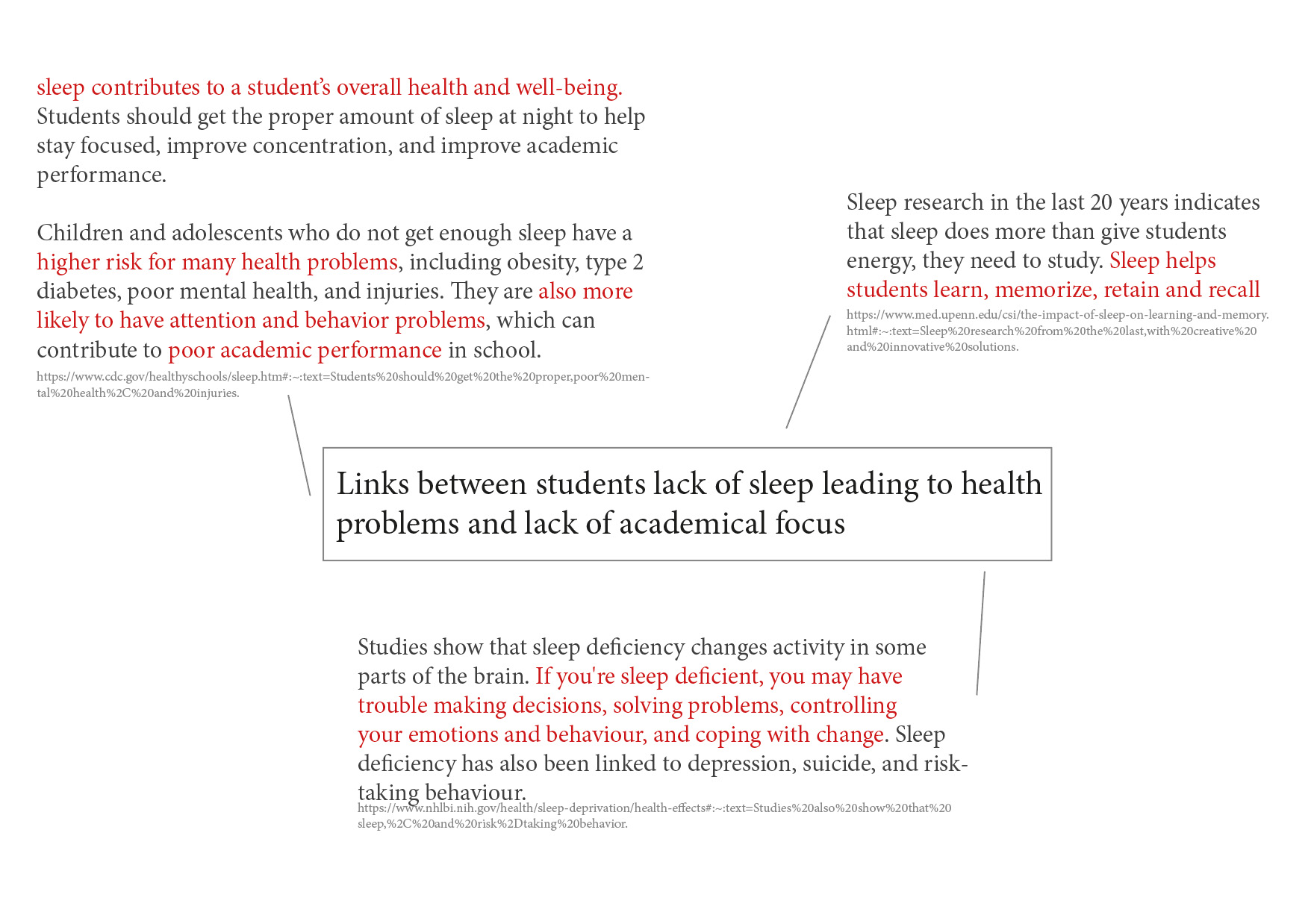
Up to 60% of students suffer from poor sleep quality with 7.7% meeting the criteria for insomnia.
With this statistic linked with students developing mental health issues the call to action for our project is to inform students of the importance of sleep on their body and mind.
As a group we took this research into consideration when developing narative and storyboarding, building of research to develop a narative.
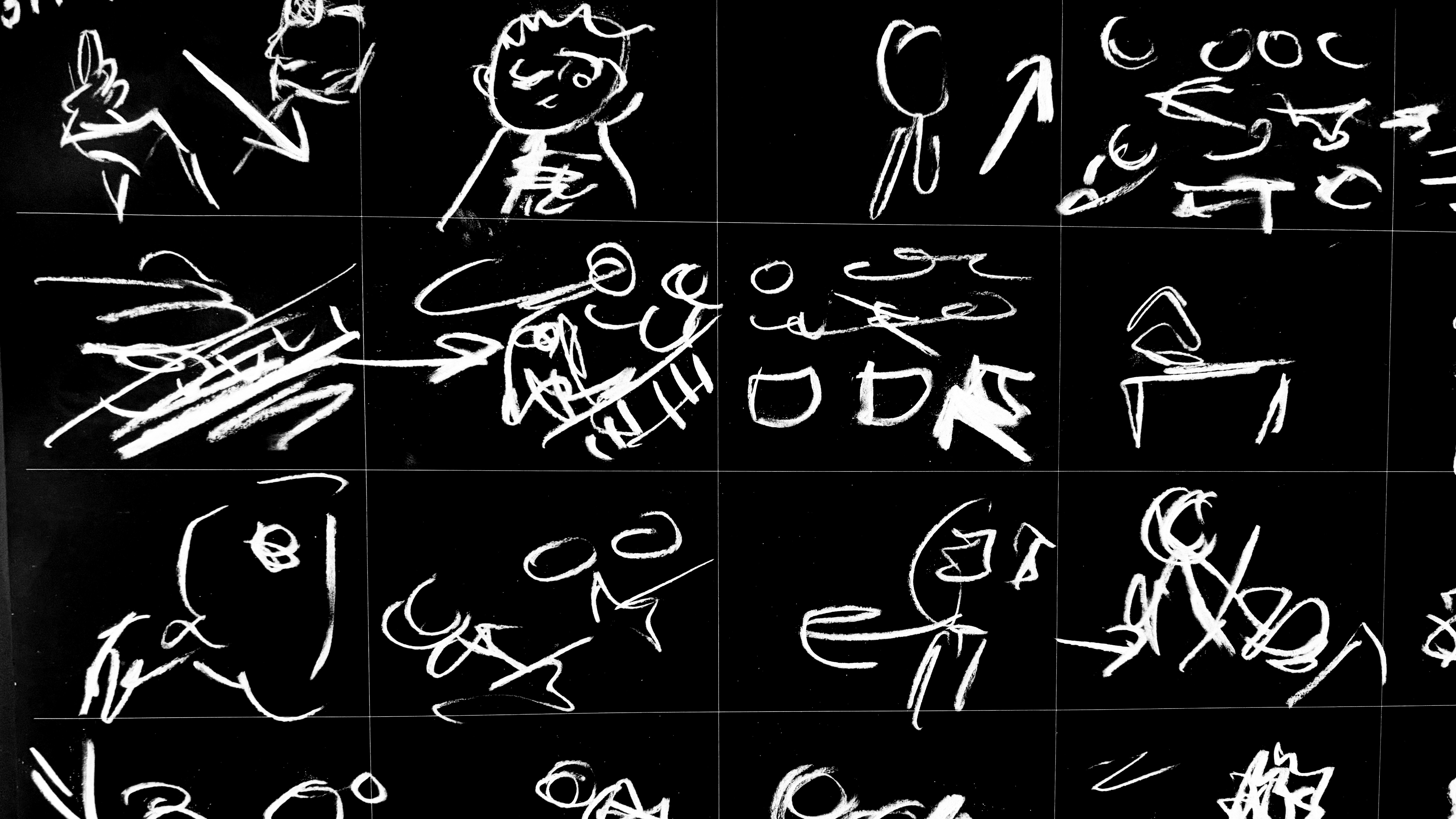

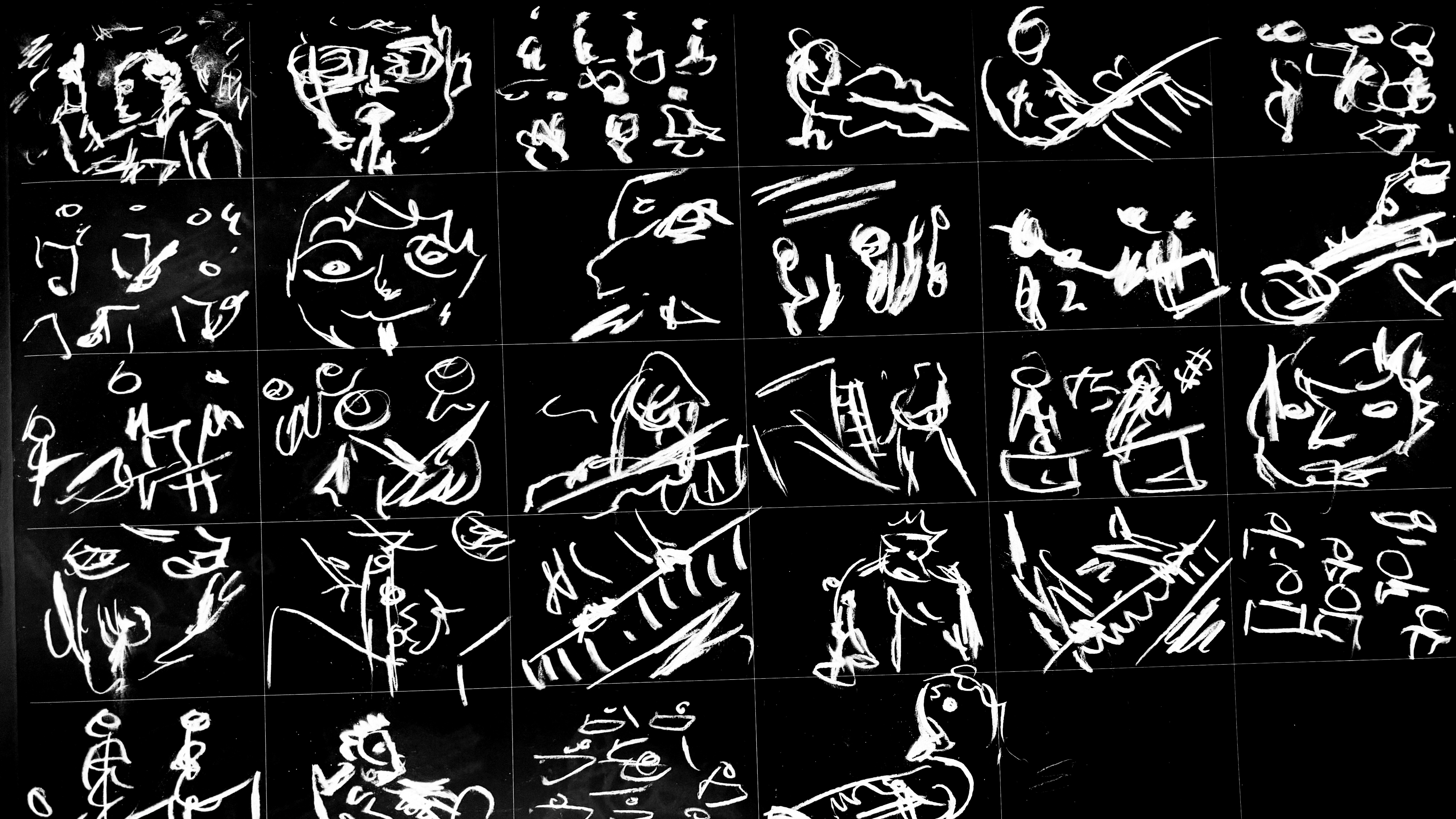
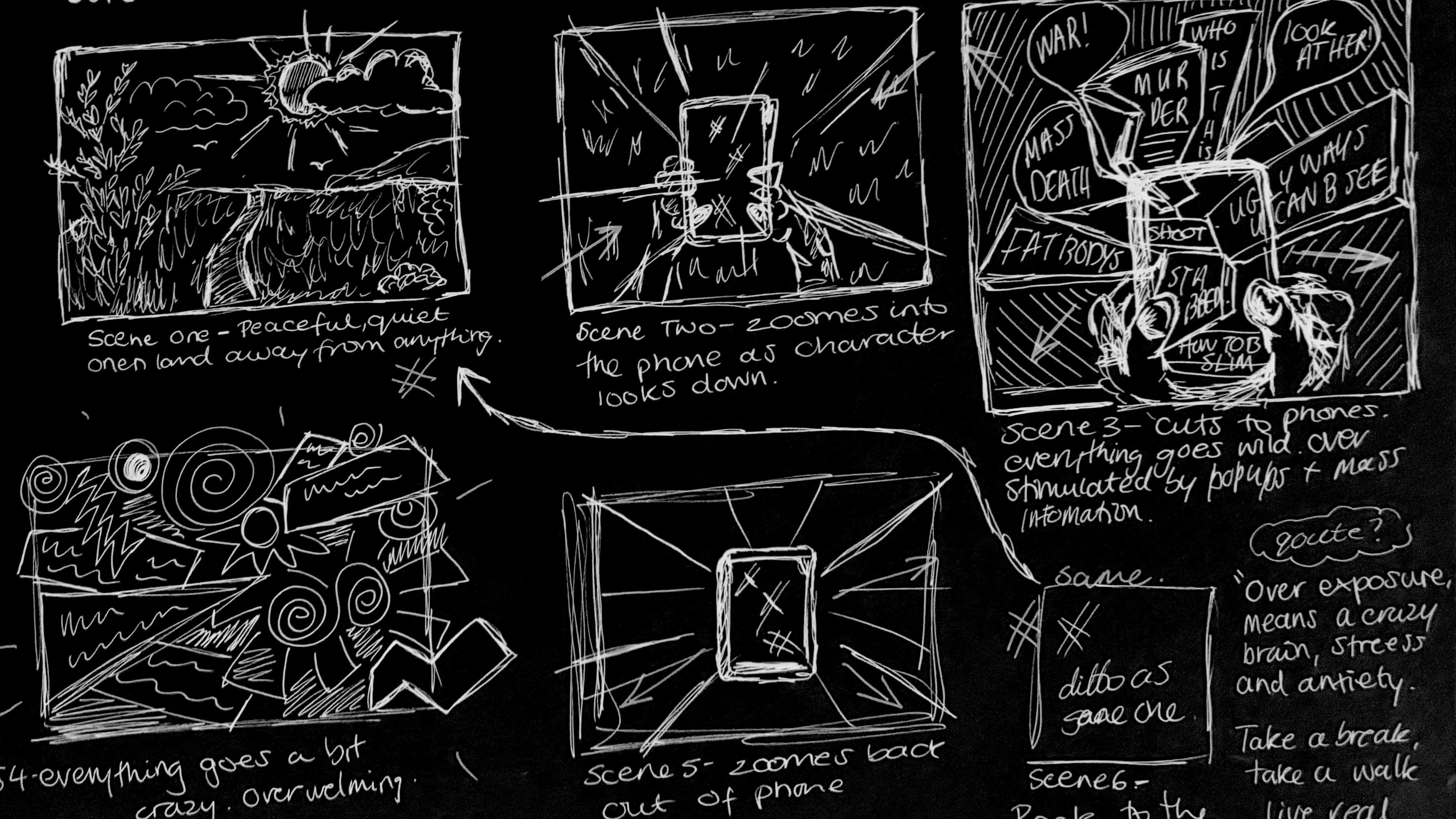
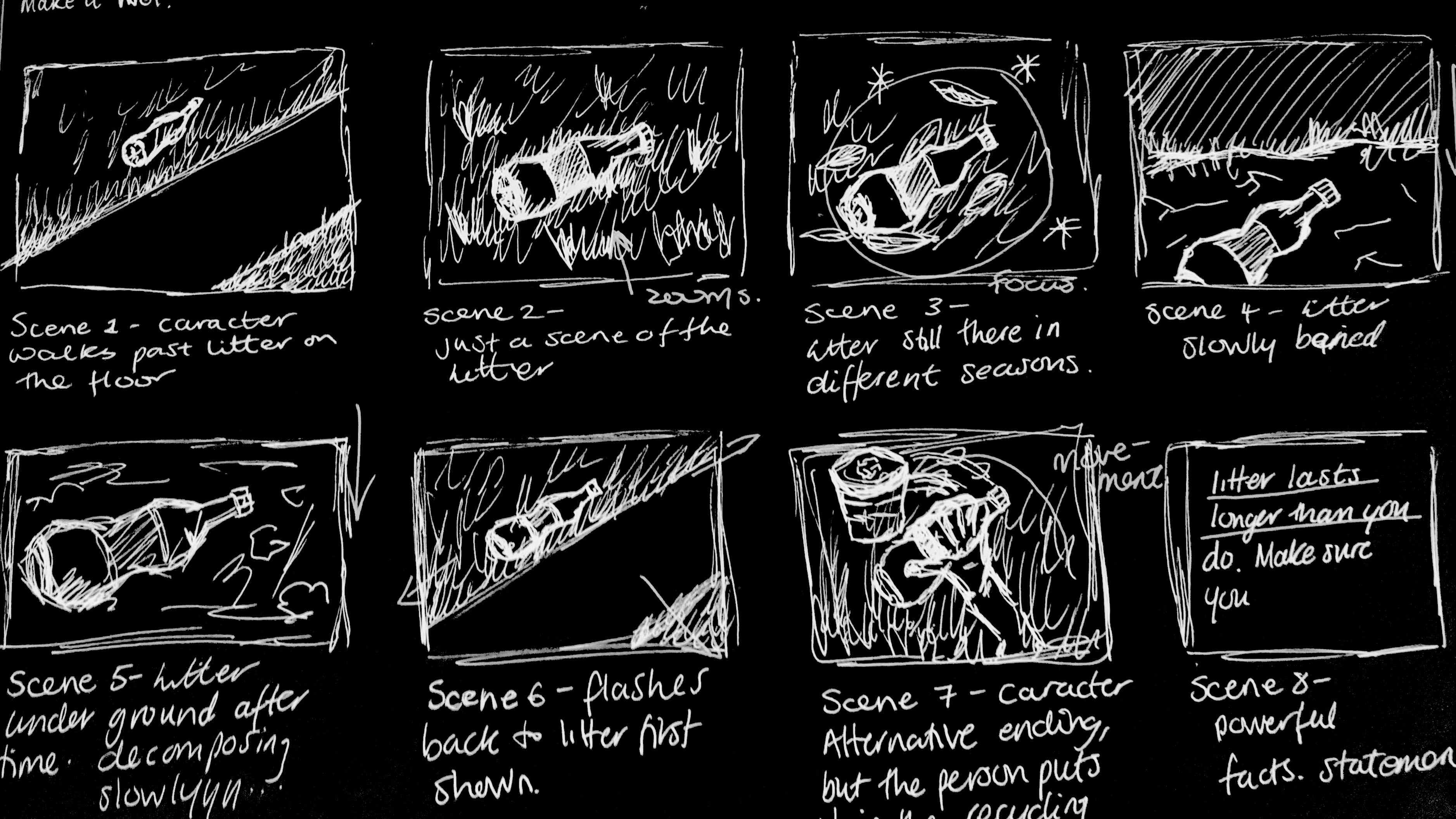
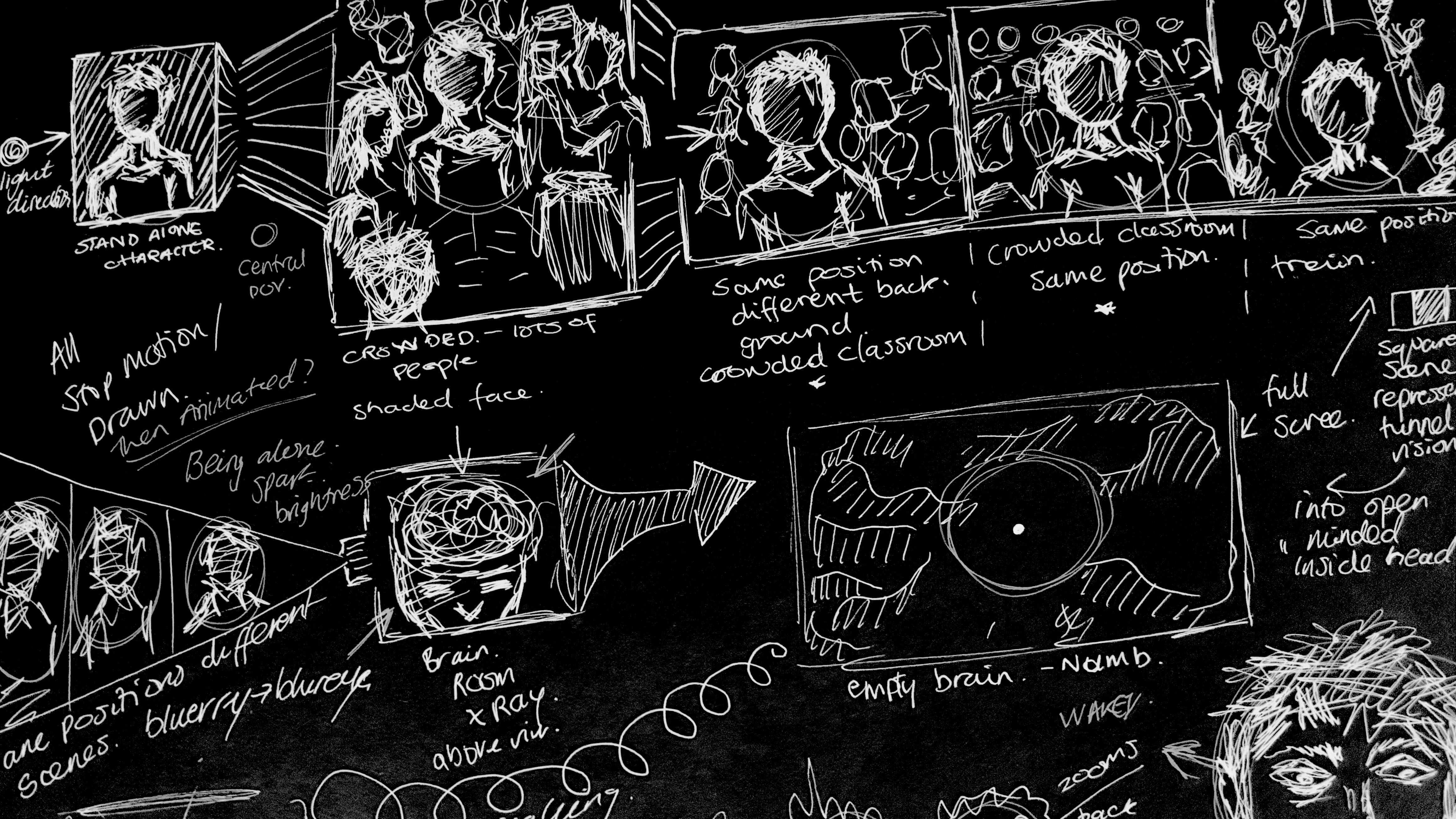
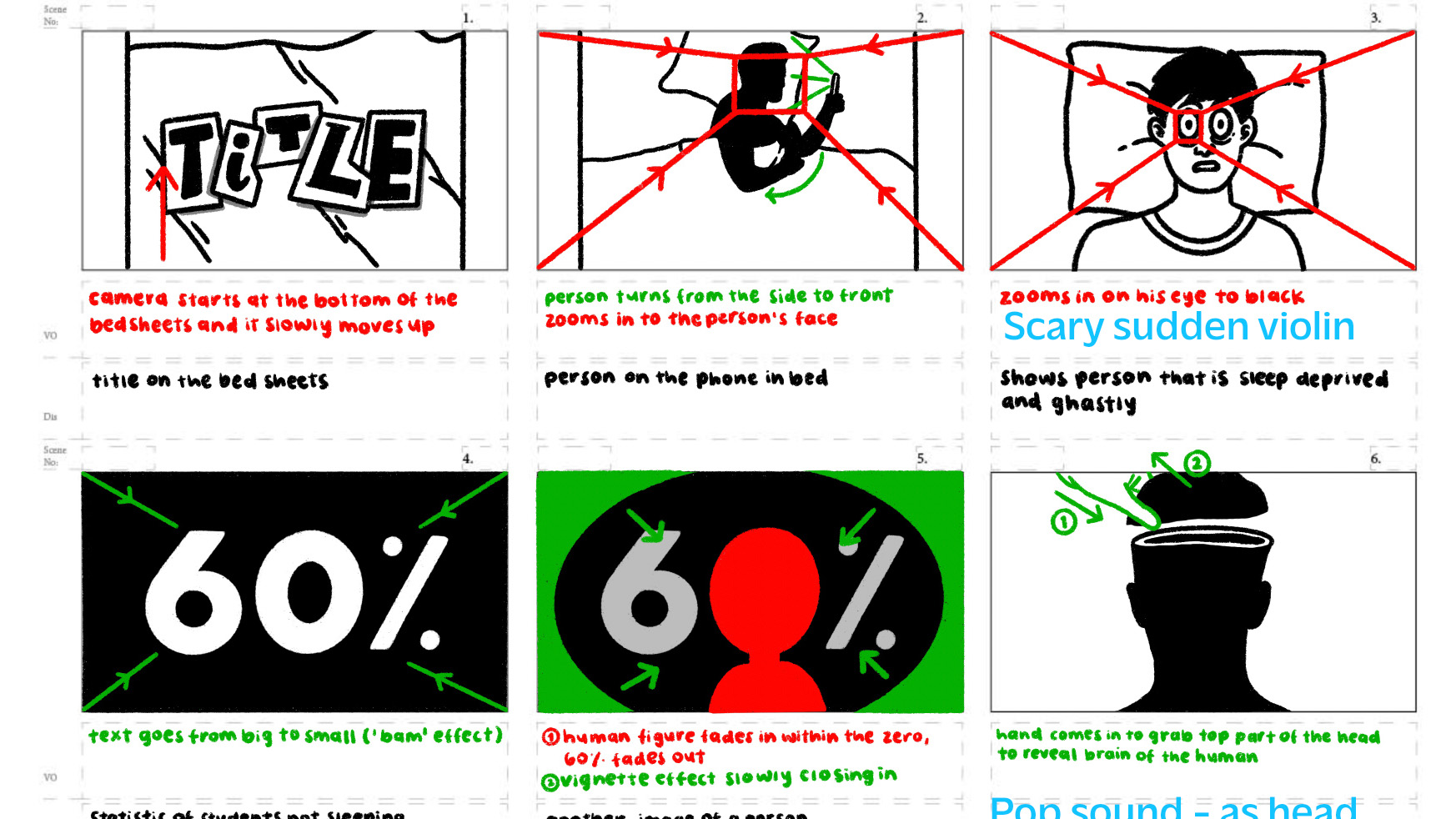
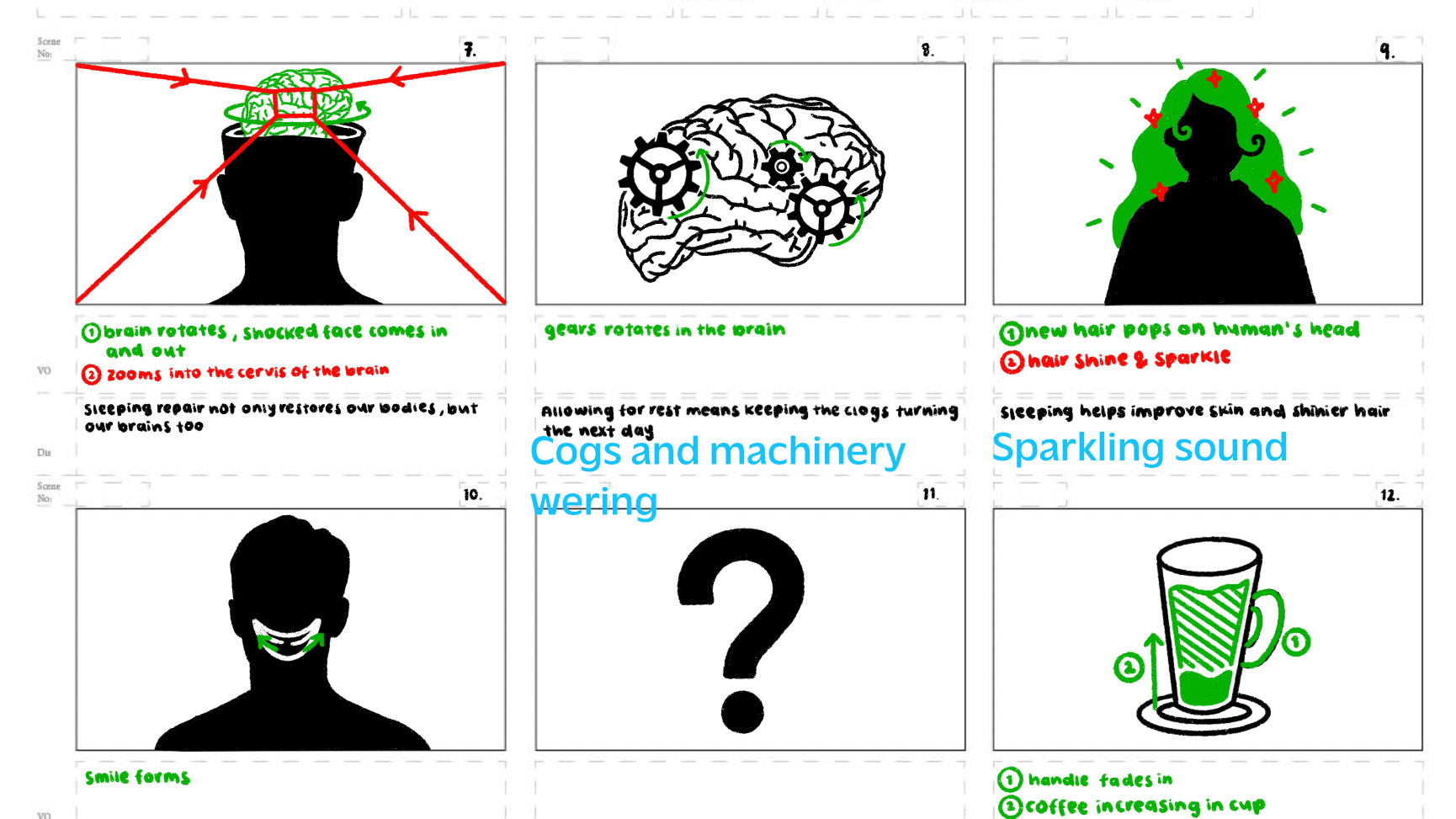




Developing the storyboard
I took part in multiple workshops a few of which encouraged us to develop storyboards quickly with the idea of drawing the scenes from an orchestra at the rate the scenes changed. This was a helpful exercise since it showed me that first drafts of storyboarding should be fluid.
As the group developed a strong concept, we divided roles evenly so everyone could put forward ideas, doing this meant we had multiple ideas to base the storyboards on. I created three ideas to bring forwards to the group. My ideas were around sustainability and emotional relations between social situations. I wanted to explore the overwhelming amount of online content our generation is exposed to.
That was my favourite concept that I came up with, however I was really happy with the group concept we moved forwards with. I felt it was a subject that wasn't explored enough.
After the group had a final storyboard, I looked into developing transitions between the scenes. I also started to develop the script, with feedback from peers on certain areas it progressed with our motion.
Once I had the first draft of the voiceover recorded I worked on creating a visual representation of the timeline between scenes and script. This was helpful when it came to creating individual scenes.
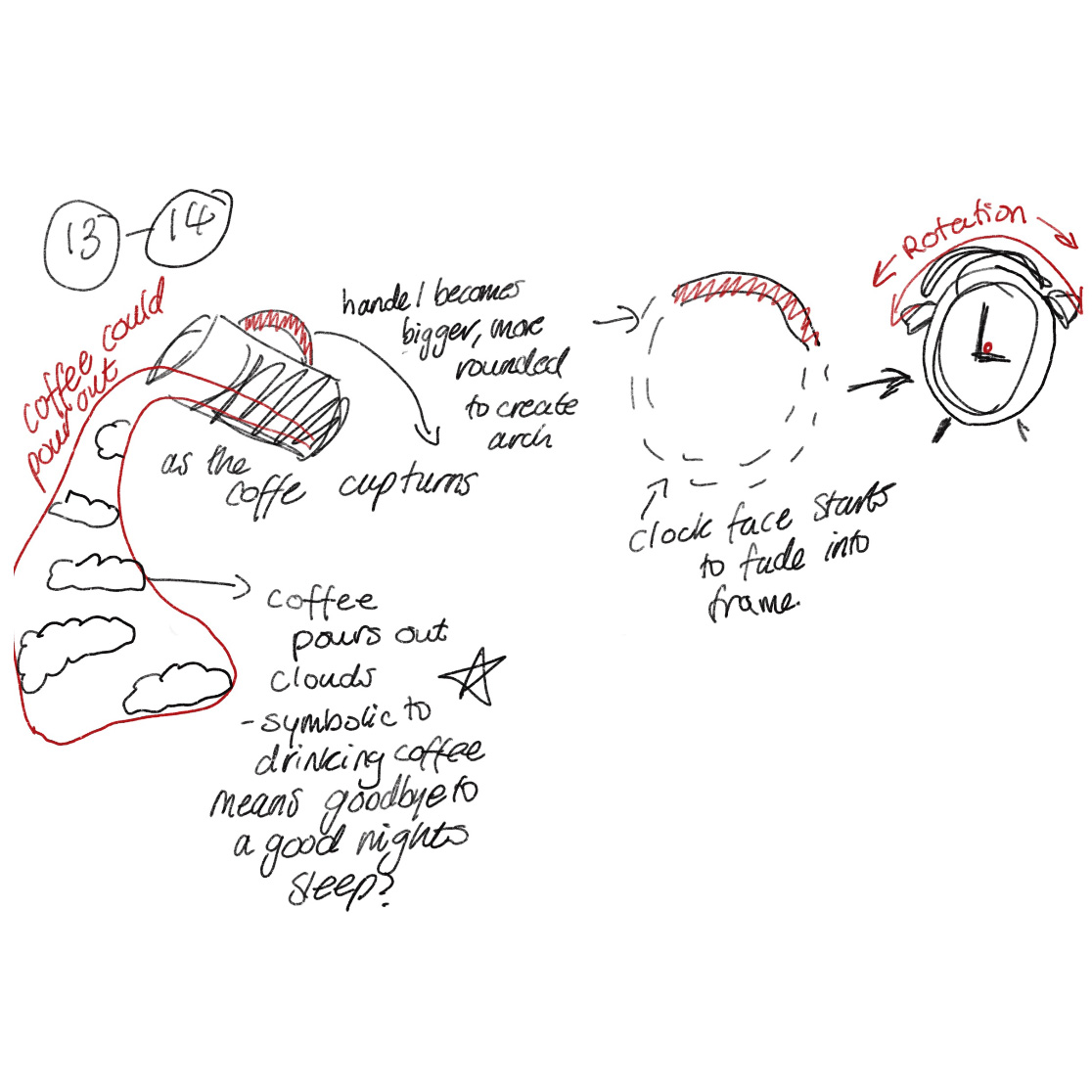
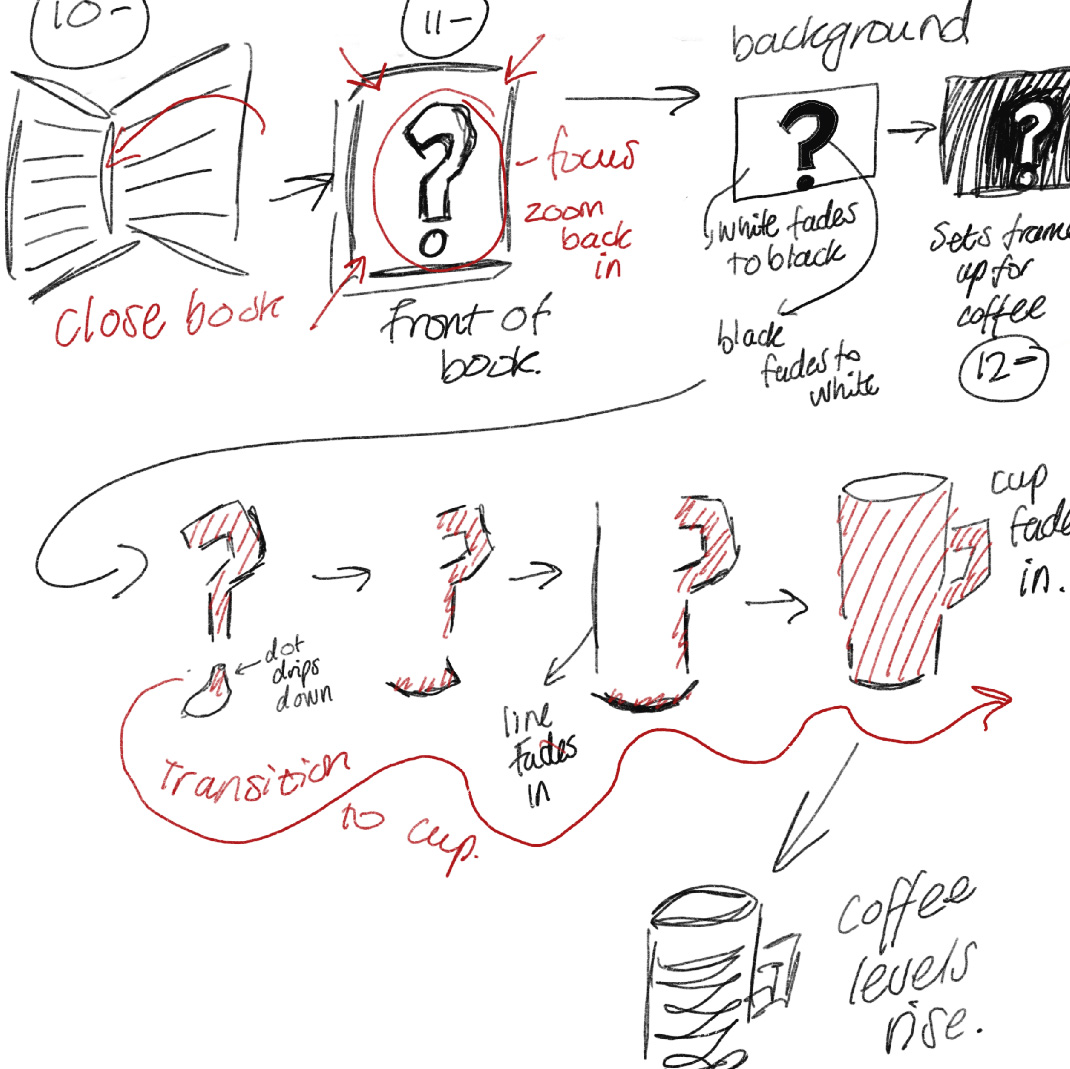

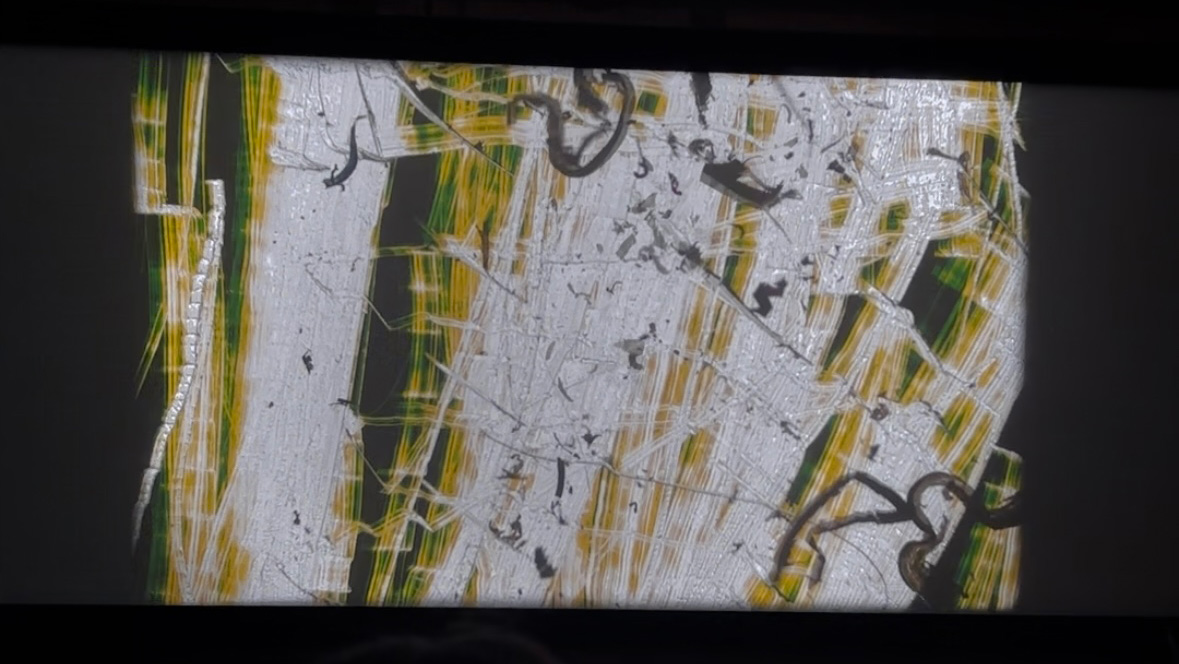
Film Workshop
Other trials and experiments I took part in to help develop my understanding of movement within motion included film scratching. Each section from this experiment was then placed together into a short film for us to watch.
Final outcome
This is clip from the final outcome. Seeing the film roll all together made me realise that the small scratches I had made made a big difference. The video helped with motion development as it represented frame rates accurately.
Flip book, flipping fab!
To get us used to movement within still frames and motion we did flip books. I really enjoyed this because I have done a couple personal projects digitally.
I looked into how to represent objects motion outside of this workshop by testing movement between different shapes.
Motion trials-
Developing movement
Expanding on the workshops I looked into trial motion on type, how varied mass objects effect movement and worked towards developing my scenes.
Anamatic development
From the final storyboard I developed a quick animatic this was key to linking the sound and motion together. The anamatic helped us understand scene lengths and timing for sound effects.
My contribution, final scene outcome
My final contribution to 'how to Zzz' are my scenes seen here. I am really happy with my development in motion throughout my project. I have taken feedback into consideration trying to develop the motion each time and my capability in After Effects.

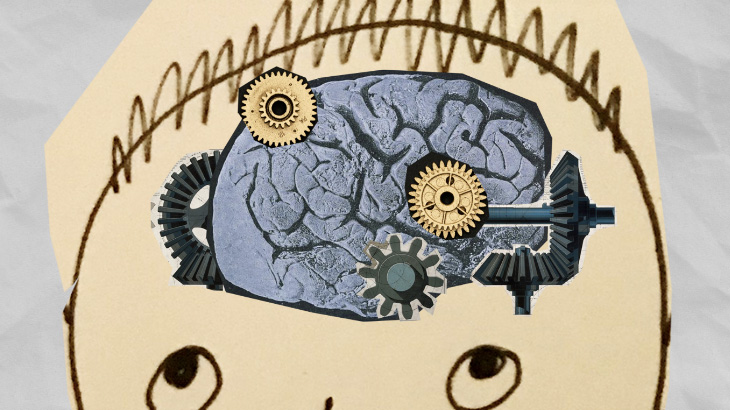
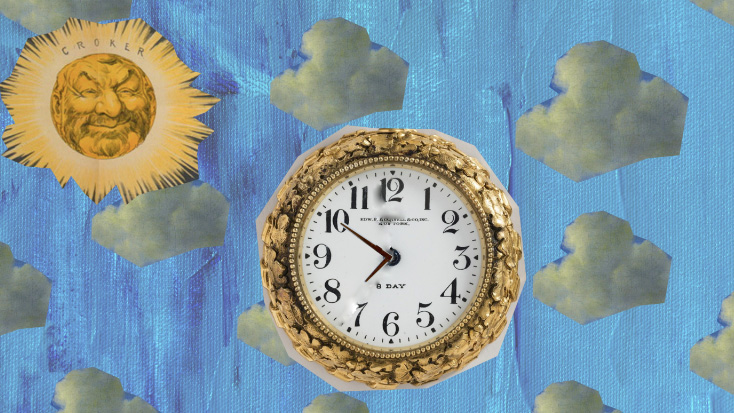
Further development choices -
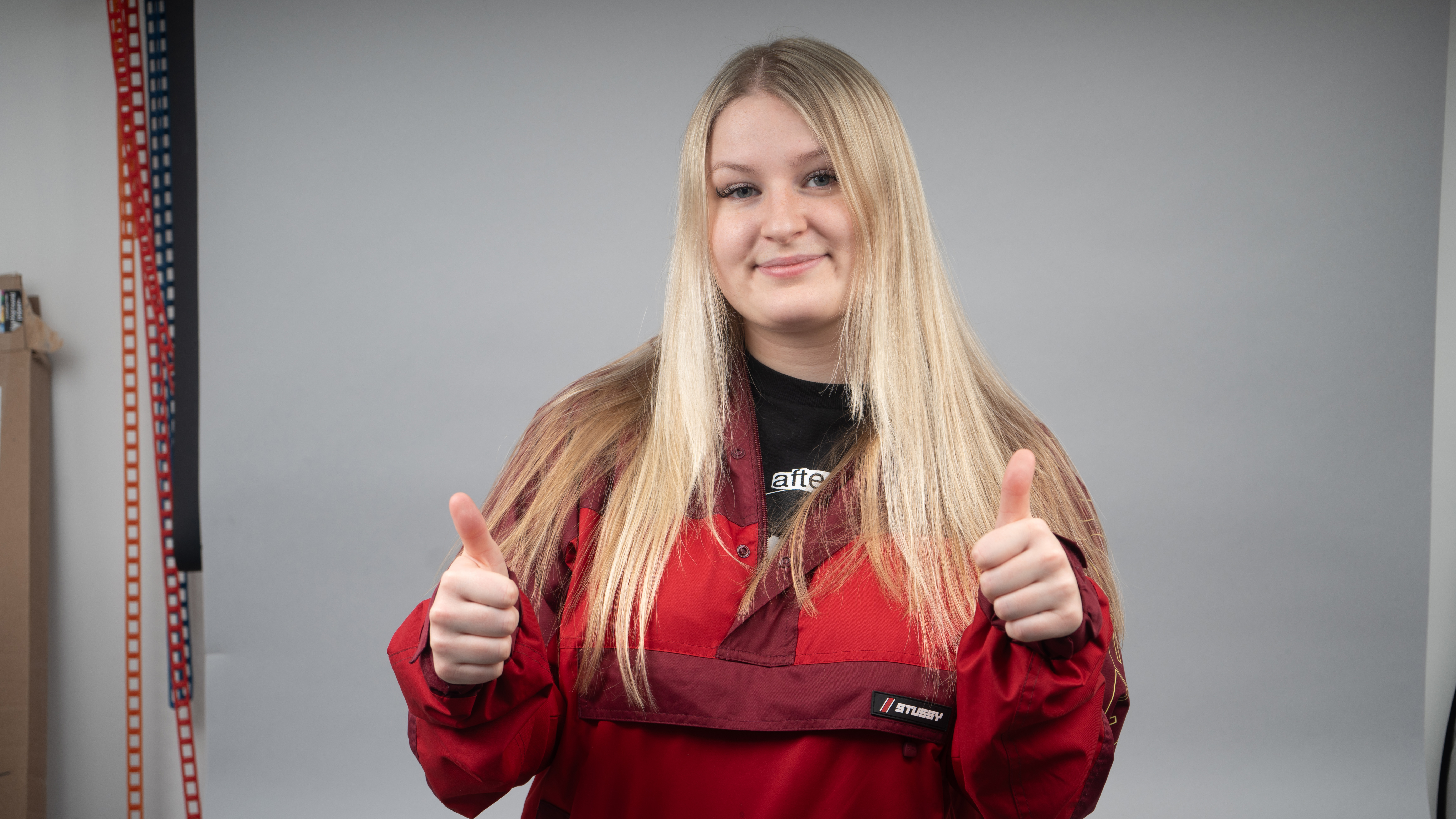
Style choices
Our original choice of animation style was to do stop motion, but we were encouraged to design the motion on After Effects to push our skills.
I am glad we chose the mixed media approach, as a group we agreed on a textured bookish effect, where we stuck to simular texture packs to keep the motion coherent between scenes.
To help attract the motion towards the target audience we took pictures of real students, including myself, adding relatability for the age demographic.

Sound development
I asked my housemate to do the voice over for the animatic just so we could develop the timeframes for scenes. However, after getting feedback we were told he sounded great for final motion.
Finley took a leading role with developing motion sounds with the help of a friend. This allowed for more free roam when it came to editing the sound to fit the tone of the call to action.
Rewinding back the motion
For our motion project, we looked into the relationship between well-being and sleep in students. Our aim was to show students that less sleep means lower performance in uni and can effect mental health.
My experience was different to previous group projects; working with different people made for more creative outcomes. Every area of the project was explored separately before being discussed by everyone which I really enjoyed and style choice was engaging to watch.
When it came to individual designing I found trialing each section of movement helped me to develop smoother transitions between scenes. I also took part in writing the script, with group discussion, we combined visuals with dialogue in a way that is humorous and engaging to viewers.
I worked in small sections going backwards to pick up issues earlier on as I found working on larger areas overwhelming . I also made sure to stick to textures and visual guidelines that were chosen, sometimes this was tricky and I had to go back and change the images.
If I could go back I would want to re-imagine the paper ball scene, knowing what I know now I could develop better outcomes. However my favourite aspect I designed was the relation between coffee and loss of sleep, with the images of coffee blocking you from sleeping. I am happy with ‘how to Zzz’ and believe as a group we have shown our ideas in a entertaining way that will encourage our target audience to sleep more.